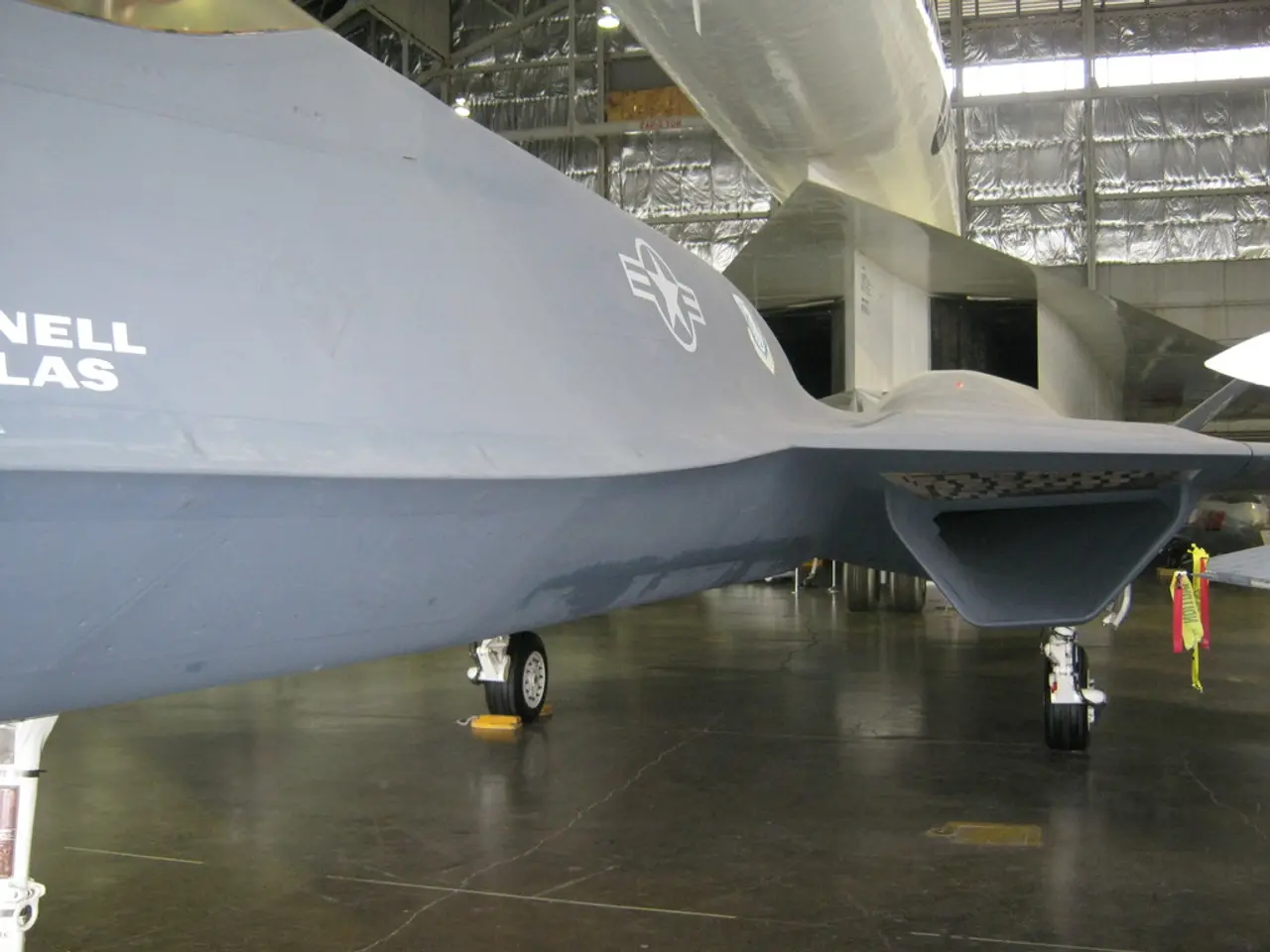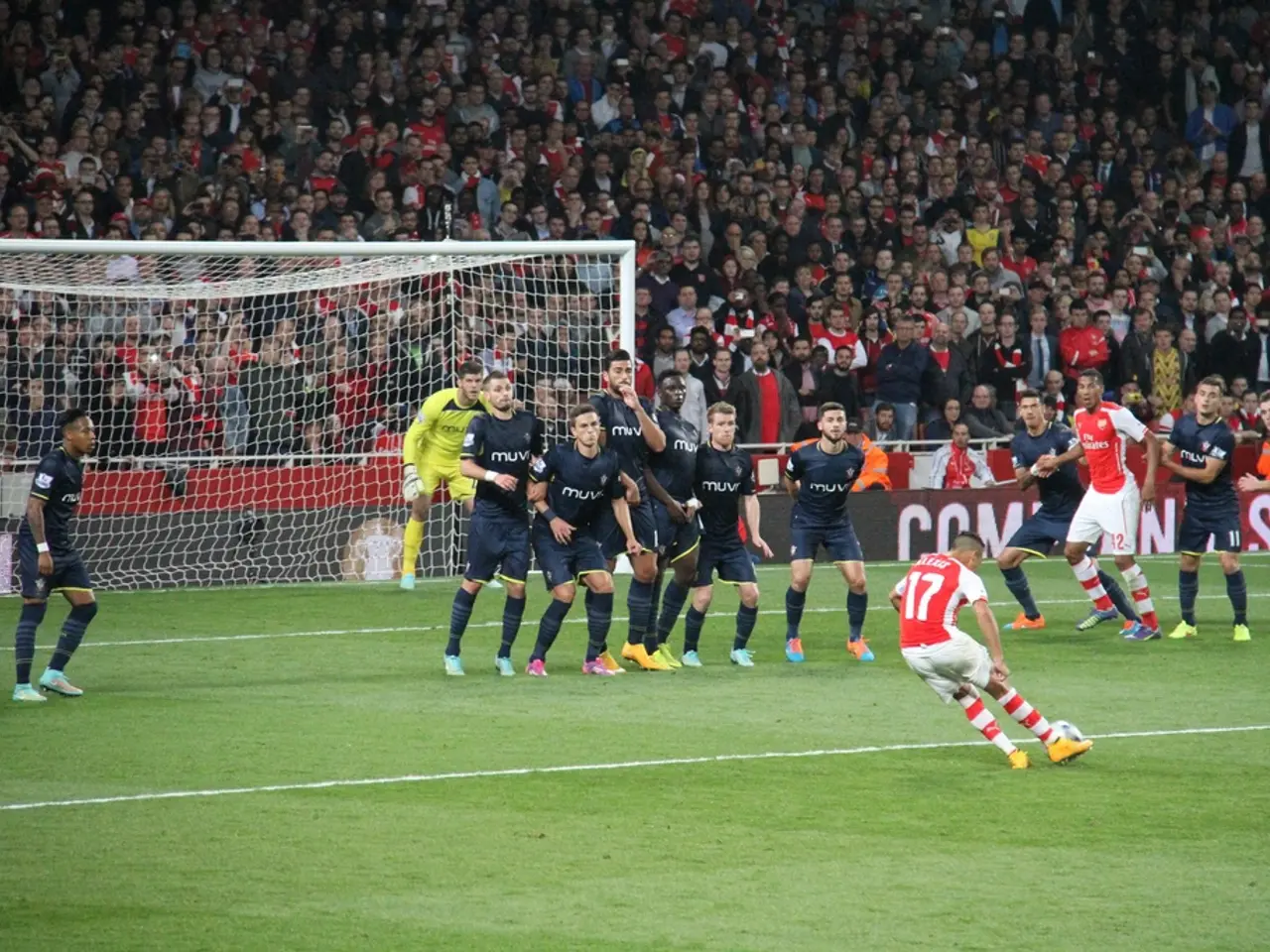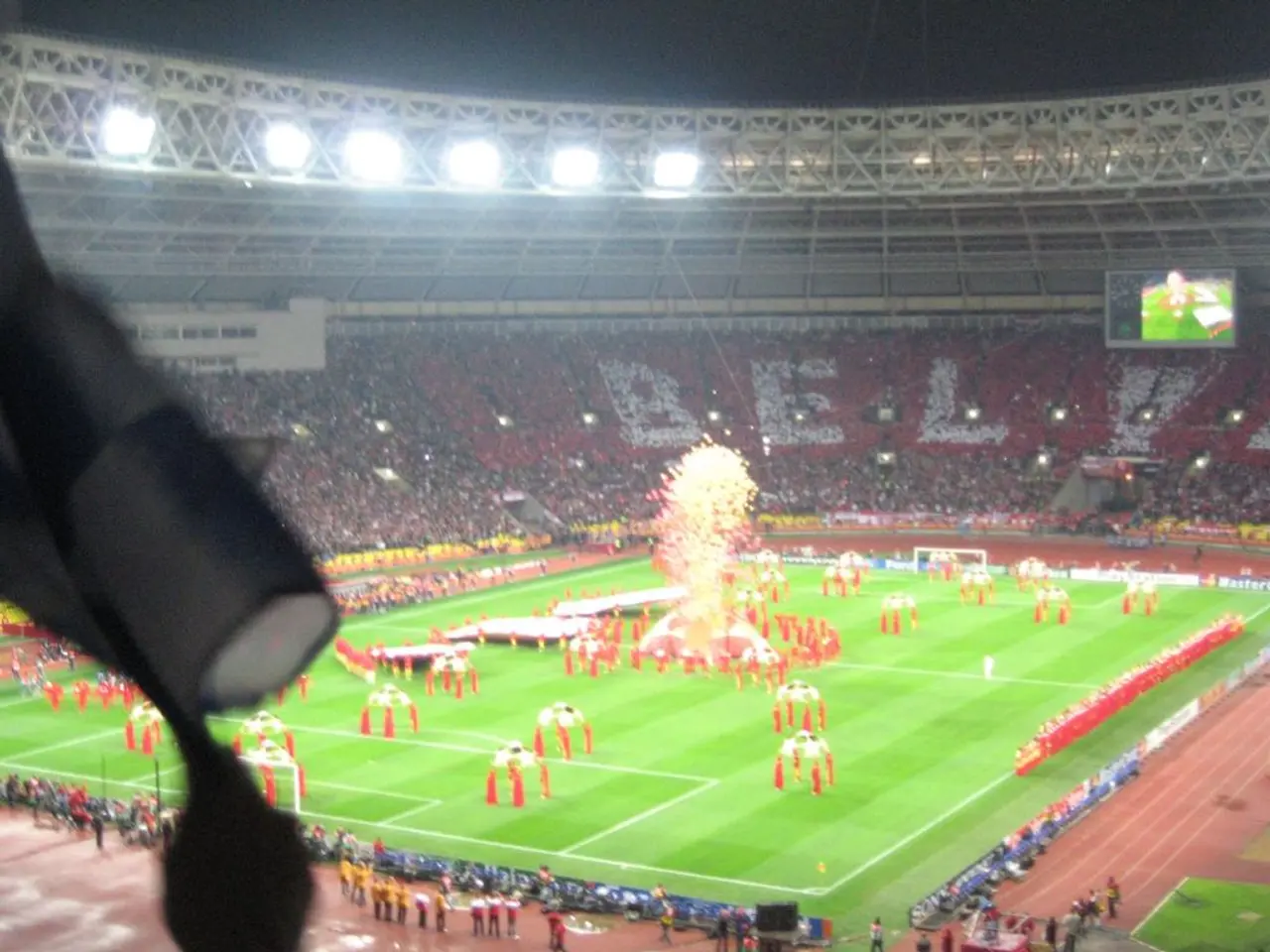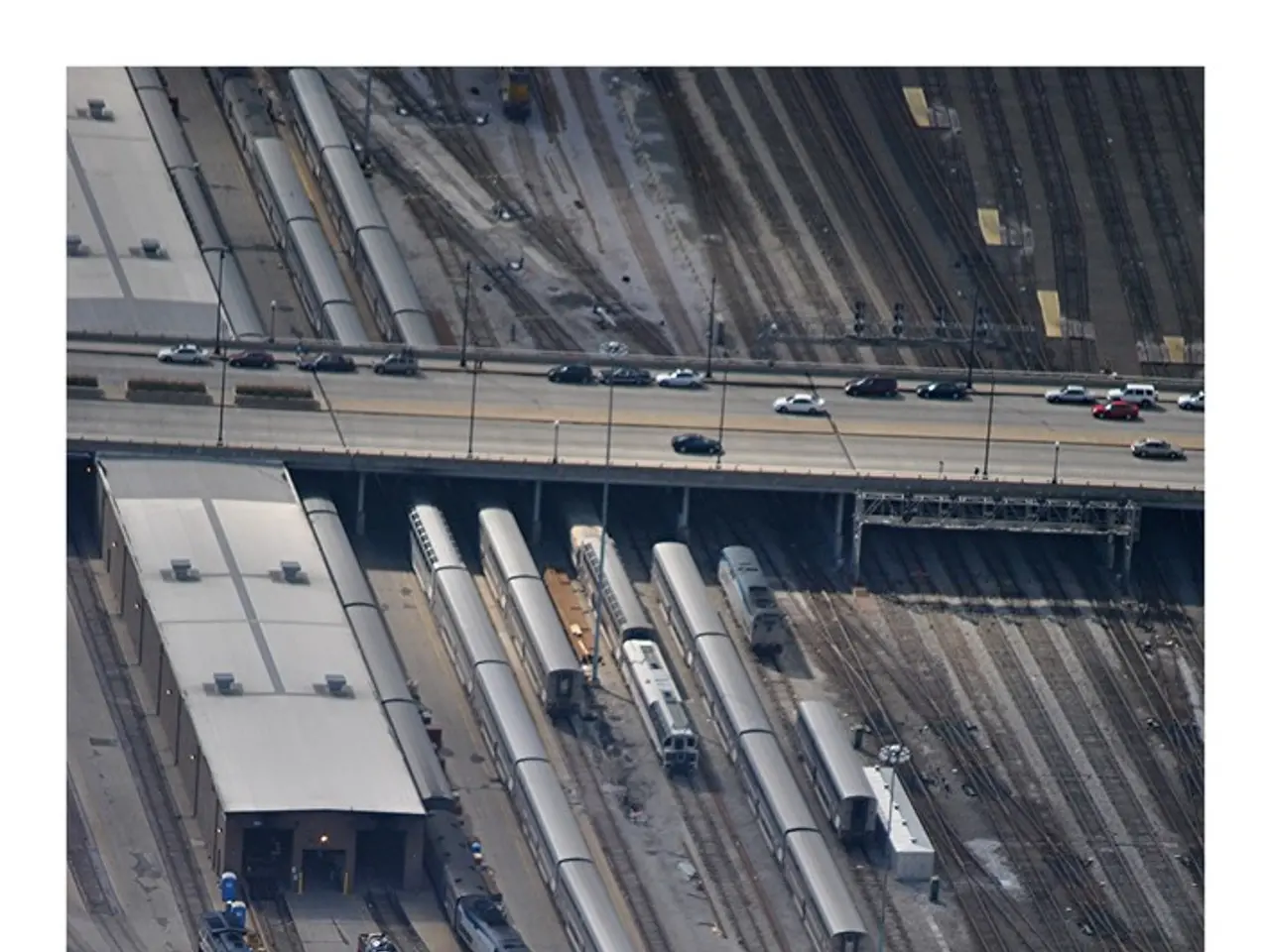Airline pilots of Jeju Air deliberately deactivated a less severely damaged engine before the plane crash occurred.
In a tragic turn of events, Jeju Air's Boeing 737-800 jet crashed on December 29 at Muan International Airport, resulting in the deaths of 179 people on board. The accident has sparked a contentious investigation, with families of the victims and aviation communities questioning the findings.
A preliminary report released in January suggested that duck remains were found in both engines of the plane, but did not provide details about the extent of the remains or damage found in each engine. The South Korea's Aviation and Railway Accident Investigation Board (ARAIB), which is leading the investigation, has yet to respond to requests for comment.
Recent findings from the investigation indicate that both engines were damaged by bird strikes. However, the pilots intentionally shut off the less-damaged left engine just before the crash-landing, an action being cited as a critical human error contributing to the accident. The right engine, on the other hand, sustained more severe damage and fire engulfment.
Investigators have used the cockpit voice recorder, computer data, and physical evidence from the wreckage to support their claim. They found no mechanical defects in the engines themselves. This conclusion, however, has sparked significant controversy and protests from the victims' families and pilot unions.
Families argue that the investigation has not transparently disclosed all evidence, including the cockpit voice recorder, and accuse authorities of unfairly attributing blame solely to the deceased pilots. The pilots' union has criticized the narrative, suggesting the left engine was not fully functional due to a surge noted in the black box data, and demands the release of all related investigation evidence.
Some safety experts and families are pushing for attention on the airport runway infrastructure, specifically the concrete embankment housing navigation equipment that did not meet global aviation standards for impact resistance and may have worsened the crash's severity and fatality count. The Ministry of Land, Infrastructure and Transport has acknowledged this issue and identified similar unsafe structures at other domestic airports, planning future improvements.
The ongoing investigation remains contentious, mainly because it appears to shift significant responsibility onto the pilots who died in the crash. This situation parallels other recent aviation crash investigations where pilot blame has met pushback from aviation communities and families, emphasizing the need for thorough, transparent, and impartial analysis before apportioning fault.
Air accidents are complex incidents that occur due to a number of contributing factors, and investigators have not produced evidence so far to support the implication that the accident was a result of pilot error. Under international rules, a final report is expected within a year of an accident. The ARAIB has postponed a planned release to the media of an update on what is known so far about the engines.
As the investigation continues, representatives of victims' families and the Jeju Air pilots' union believe the focus should be on the embankment, which aviation experts have said likely contributed to the high death toll. Lawyers representing the families said that the report was to be briefed to the families ahead of its planned release.
The Jeju Air flight made an emergency belly landing and crashed into this embankment, leading to a fire and partial explosion. The December 29 crash was the deadliest air disaster on South Korean soil. The investigation into the cause of the accident and the apportioning of blame continues, with families, unions, and experts calling for transparency and impartiality.
- The investigation into the Jeju Air crash, which was the deadliest air disaster on South Korean soil, has become a matter of international general-news due to the controversy surrounding the cause and apportioning of blame, with the families and unions demanding transparency and impartiality.
- As the investigation unfolds, some safety experts and families are advocating for a focus on the international standards of the airport runway infrastructure, specifically the concrete embankment housing navigation equipment, which they believe may have worsened the crash's severity and fatality count.







